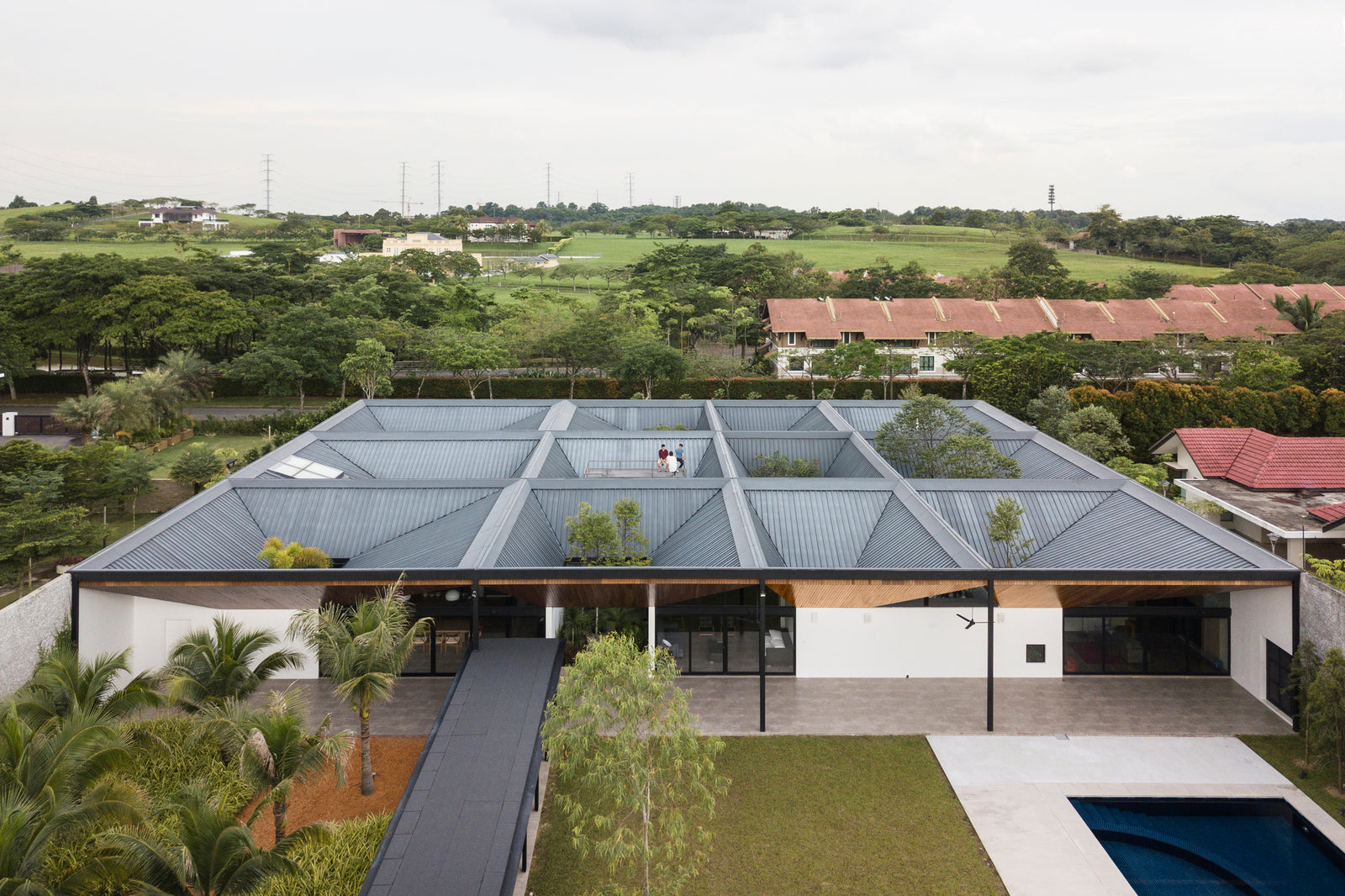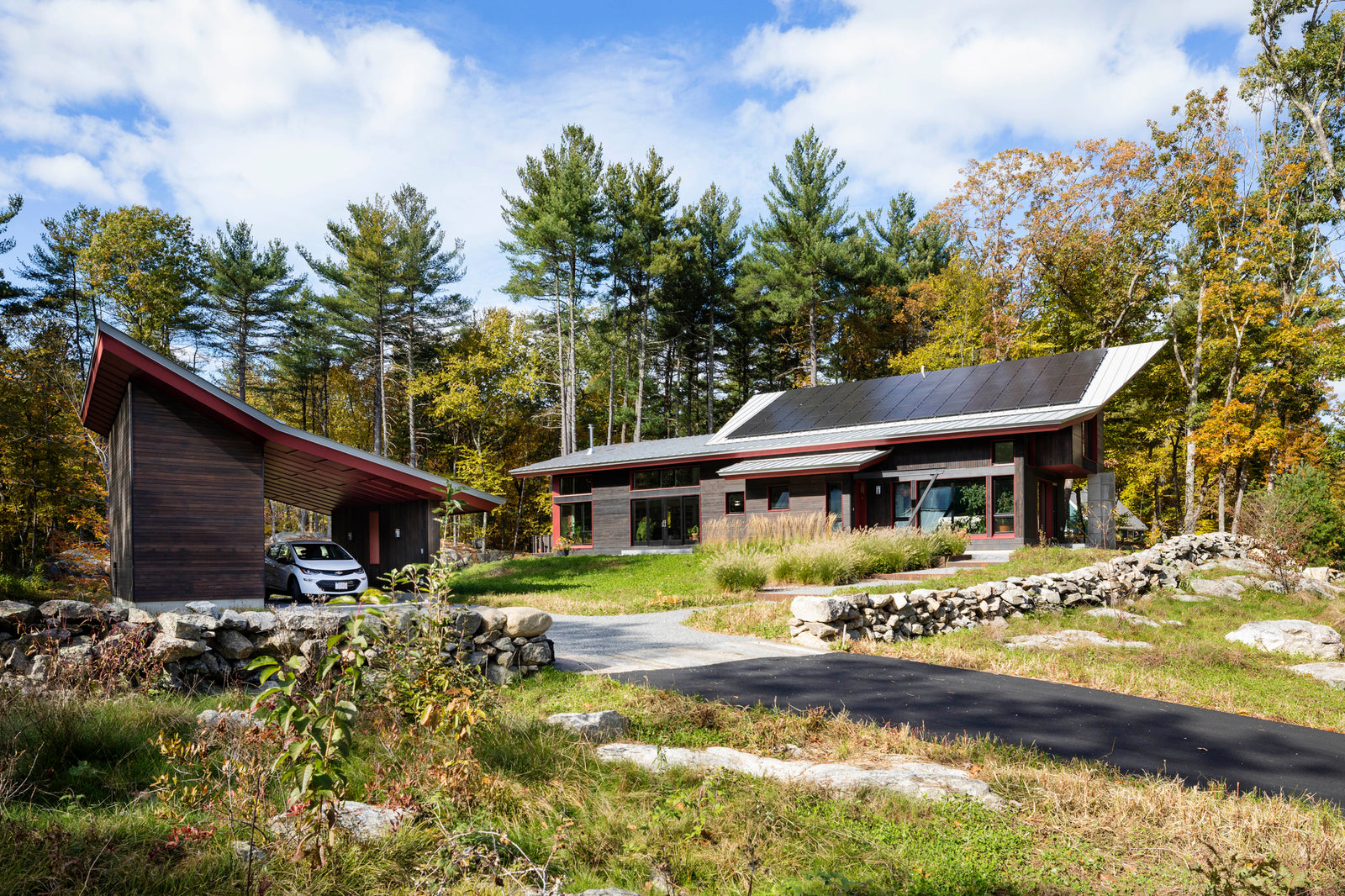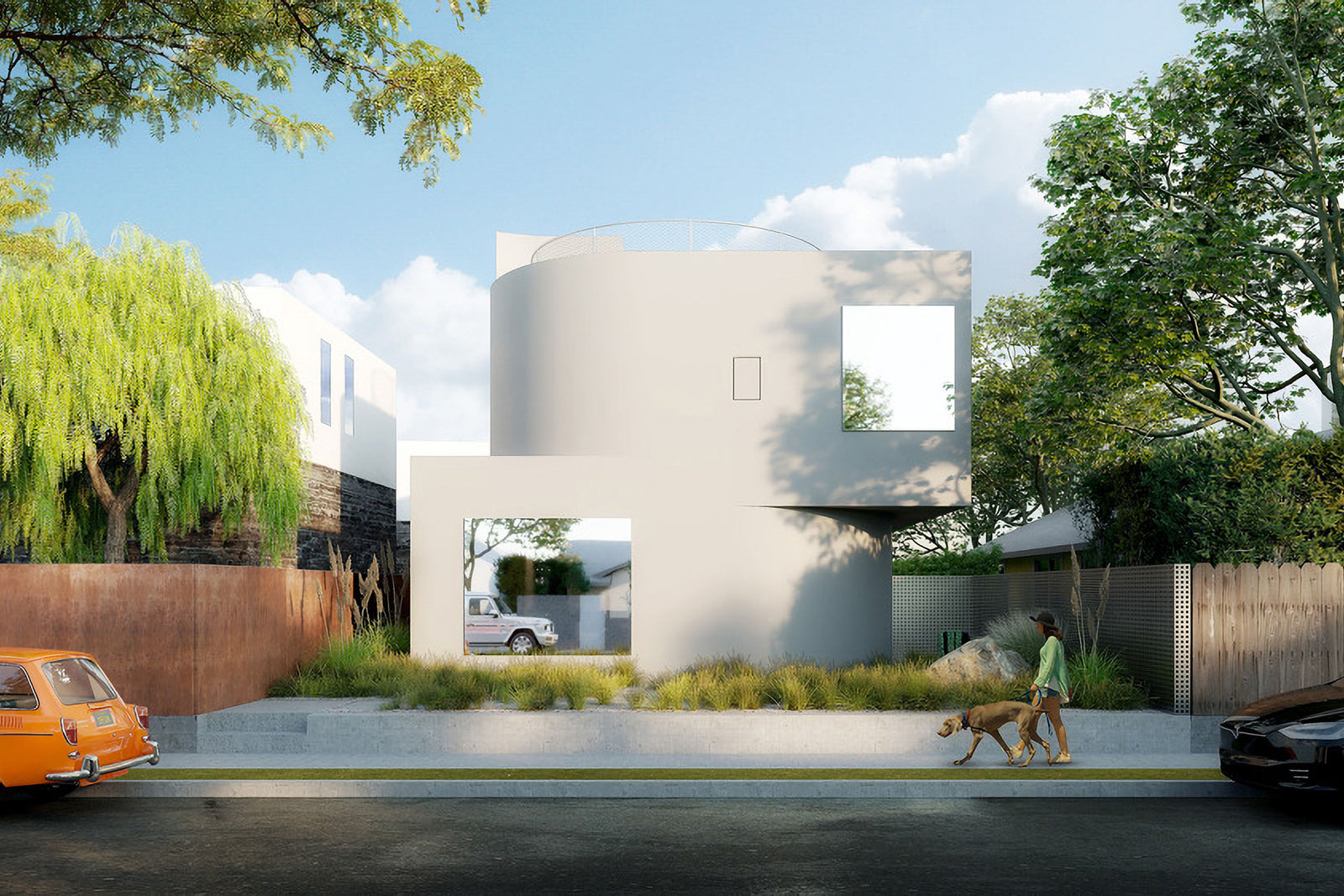Your Cart is Empty
- Decor
- Kitchen
- Tabletop & Bar
- Lifestyle
- Inspiration

This architecture is a private property located in a beautiful quiet area in Malaysia. This single-story house was designed particularly for the owner and his extended family.

This property, designed by Singapore-based Formwerkz Architects, is divided into nine sub-grids. The home is built on a 45,000 ft² land, which is about half the size of a football field.


The home is being built for the owner and his extended family who want to live communally but value privacy and security in Johor Bahru's leisure farm land. The family entertains regularly and required a home that could accommodate large parties while still being intimate for smaller gatherings. Moving from Singapore, the family was ecstatic at the idea of living on an enormous plot of land in the open countryside, but they were genuinely concerned about the safety across the Straits.


When confronted with the situation, architects were grabbed by the instinct to strengthen as well as the worry with flatness. Given the size of the property, architects decided on a single-story residence fairly quickly. Geoffrey Bawa's home on 33rd Lane in Colombo and the House of the Faun in Pompeii (2nd century AC) were early references that aided in the creation of the concept.


The home seems simple, even unapologetically flat from the street, exposing nothing of the interior save for the faceted, sloping timber ceiling that hangs within. The 5m high walls strengthen the inside and enclose the roofs that slope inwards to the courtyards. The main body of the home, where communal living and partying takes place, is compressed over a third of the site area, freeing up a large expanse of space for a rear garden, pool, and an annex block housing the immediate family's rooms.


The main area is divided into 9 sub-grids and accented by a succession of courtyards. The courtyards were critical to the success of the otherwise complex concept because they provide natural light and ventilation to all areas of the house. Each courtyard is distinct, distinguished by its varying proportions and placement inside its own sub-zones.


Each courtyard has a unique landscape that responds to the variable openness to the sky and the way rain accumulates and falls into the courtyards due to the varying roof slopes that are mathematically defined by the courtyards' placement and dimension.


The living rooms are crowded, naturally organized, and modified throughout time, meandering freeingly between the intermittent cloister. The multi-faceted Merbau timber ceiling that descends from the high ridges into the courtyards is a major interior element that distinguishes the multiple, interconnected cloistered areas. Fragments of these undulations are exposed at nighttime via a glass strip of the façade, displaying the complexity within.


This project was investigated and building on the modern tropical home myth in which courtyards and roofs, rather than walls and air conditioning, dominate and define space. Architects wanted to design a home that will grow naturally with the family and were looking for settings that inspired and sensitized people to the beauty of nature. Adapting their living spaces to the shifting sun-path and noting that the sound of rain differs in each courtyard.
















Photographs by Fabian Ong.



The Radius House is the young firm's first residential project, which was finished in the early weeks of 2022.